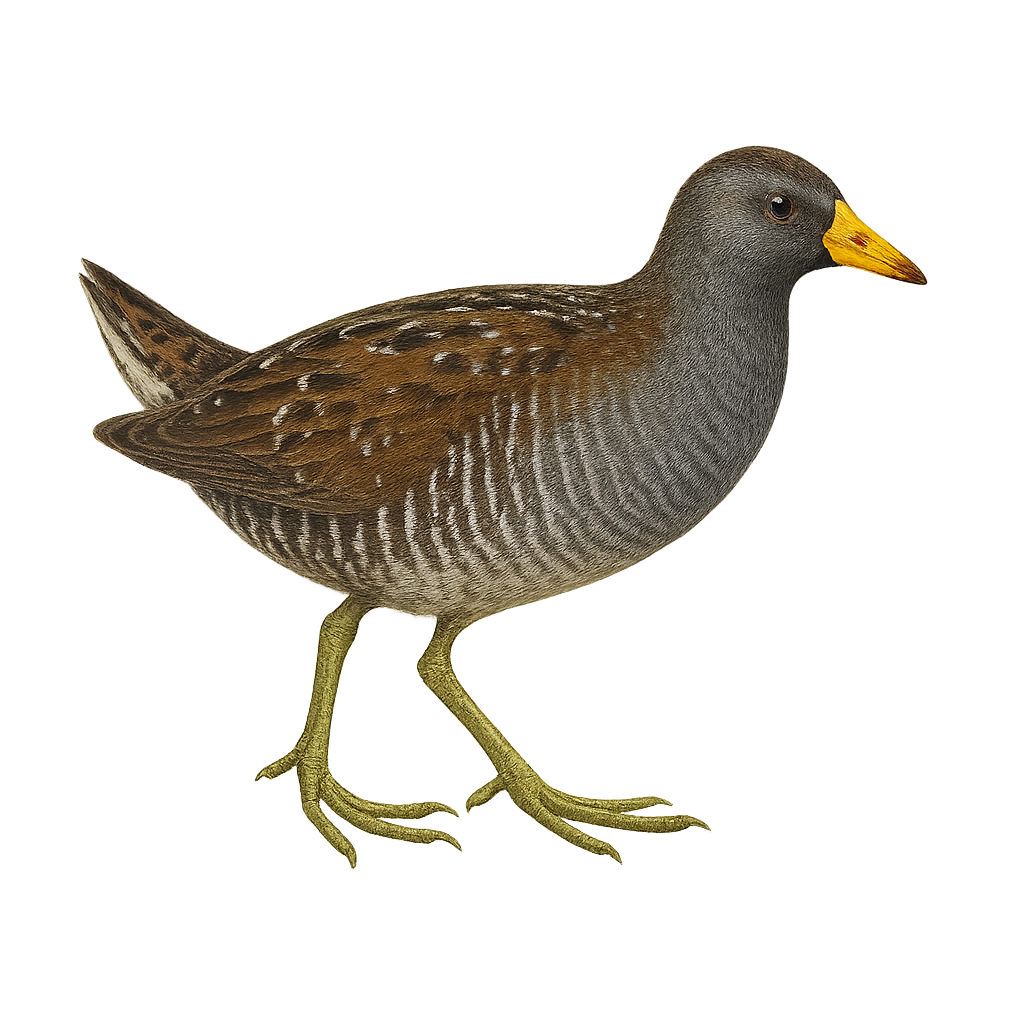Your wildlife photography guide.
Explore the sora in detail, study its behavior, prepare your shots.
Where to observe and photograph the sora in the wild
Learn where and when to spot the sora in the wild, how to identify the species based on distinctive features, and what natural environments it inhabits. The WildlifePhotographer app offers tailored photography tips that reflect the sora’s behavior, helping you capture better wildlife images. Explore the full species profile for key information including description, habitat, active periods, and approach techniques.
Sora
Scientific name: Porzana carolina

IUCN Status: Least Concern
Family: RALLIDAE
Group: Birds
Sensitivity to human approach: Suspicious
Minimum approach distance: 10 m
Courtship display: May to June
Incubation: 18-20 jours
Hatchings: May to July
Habitat:
Marshes, wetlands, flooded meadows
Activity period :
Primarily active during the day, with peak activity in the morning and late afternoon.
Identification and description:
The Sora, or Porzana carolina, is a small waterbird belonging to the Rallidae family. It is easily identifiable by its olive-brown plumage with white stripes on the flanks and a bright yellow bill. This bird primarily inhabits marshes and wetlands in North America, where it feeds on seeds, insects, and small invertebrates. A migratory species, it winters in the warmer regions of the southern United States and Central America. The Sora is a secretive bird, often heard rather than seen, thanks to its distinctive call. Its ability to slip through dense vegetation makes it difficult to spot.
Recommended lens:
400 mm – adjust based on distance, desired framing (portrait or habitat), and approach conditions.
Photography tips:
To photograph the Sora, it's essential to be patient and discreet, as this bird is often hidden in the dense vegetation of marshes. Use a telephoto lens of at least 400mm to capture detailed images from a distance. Opt for twilight hours when the bird's activity is at its peak. Remain still and silent to avoid scaring it away. A tripod can be helpful to stabilize your camera and achieve sharp shots. Pay attention to its distinctive call to locate its position.
The WildlifePhotographer App is coming soon!
Be the first to explore the best nature spots, track rutting seasons, log your observations, and observe more wildlife.
Already 1 430 wildlife lovers subscribed worldwide

